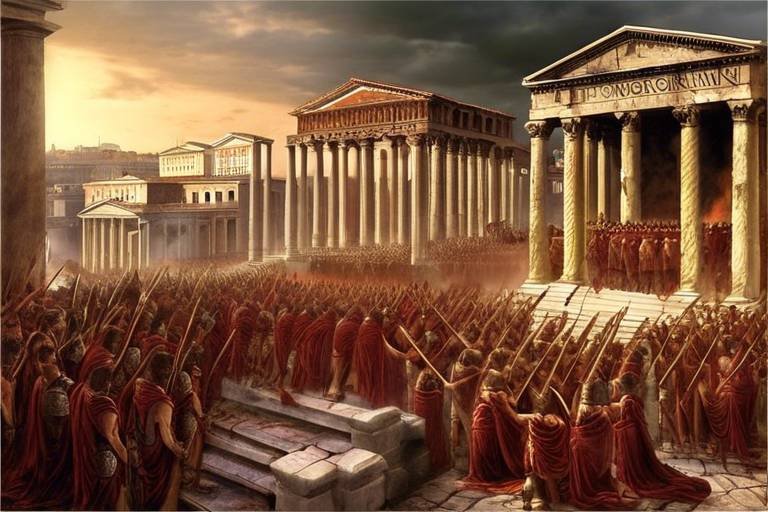The Legacy of the Renaissance - Transformations in Art
The Renaissance period stands as a pivotal moment in the history of art, marking a significant transformation in artistic expression that continues to influence art movements to this day. This era, known for its revival of classical themes and innovative techniques, brought about a renaissance of creativity and cultural rebirth.
During the Renaissance, artists delved into the past, drawing inspiration from the classical motifs of ancient Greece and Rome. They reinterpreted these themes with a newfound sophistication and humanistic approach, infusing their works with depth and meaning that resonated with viewers on a profound level.
One of the most revolutionary aspects of Renaissance art was the mastery of perspective. Artists honed their skills in creating realistic spatial depth, fundamentally altering the way art was perceived and experienced. The use of perspective brought a new level of realism and dynamism to artistic compositions, captivating audiences with its immersive quality.
Iconic figures such as Leonardo da Vinci, Michelangelo, and Raphael emerged as masters of the Renaissance, leaving behind a legacy of timeless works that continue to inspire awe and admiration. Their contributions to art and culture have shaped the course of artistic history, setting a standard of excellence that artists aspire to achieve.
Technological advancements, such as the invention of the printing press, played a crucial role in disseminating Renaissance art and ideas across Europe and beyond. This widespread circulation of artistic works fueled a cultural exchange that enriched the creative landscape and fostered artistic innovation.
The principles of proportion, symmetry, and harmony championed during the Renaissance era extended beyond painting and sculpture to influence architectural design. The architectural marvels of the time, exemplified by structures like St. Peter's Basilica and the Palazzo Vecchio, reflect the enduring impact of Renaissance aesthetics on the built environment.
The legacy of the Renaissance transcends time, leaving an indelible mark on modern art and artists. From the Neoclassical revival of classical motifs to the contemporary reinterpretation of Renaissance themes, echoes of this transformative period resonate in the works of artists seeking to capture the essence of human experience and beauty.
Central to the Renaissance ethos was the celebration of humanism and individualism, themes that permeated artistic expression and encouraged artists to explore the complexities of the human condition. This emphasis on the individual's unique perspective and experiences gave rise to a rich tapestry of artistic diversity and creativity.
As we reflect on the global impact and enduring legacy of the Renaissance, we recognize its profound influence on the way we perceive and create art in the modern world. The artistic innovations of this period continue to inspire and inform contemporary artists, underscoring the timeless relevance of Renaissance ideals and aesthetics.
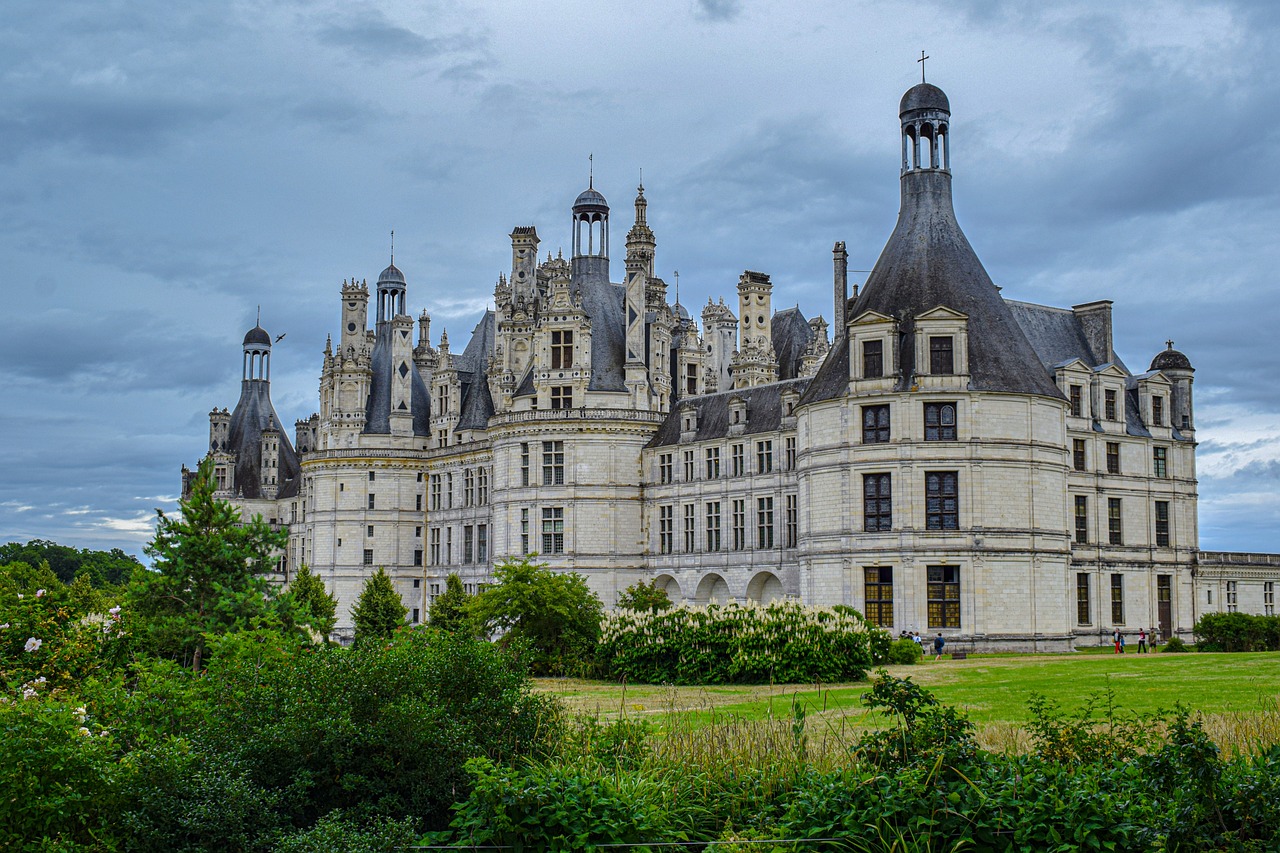
Revival of Classical Themes
The Renaissance period marked a significant shift in artistic expression, with artists drawing inspiration from the classical themes of ancient Greece and Rome. This revival of classical motifs brought a new level of sophistication and humanism to their works, setting the stage for a cultural renaissance that would shape the art world for centuries to come.
Imagine a world where the beauty of antiquity is reborn through the skilled hands of Renaissance artists. They breathed new life into the myths, legends, and ideals of the past, infusing them with a fresh perspective that captivated audiences and sparked a renewed interest in the classical world.
One of the key aspects of this revival was the emphasis on portraying the human form with unparalleled realism and emotion. Artists such as Leonardo da Vinci and Michelangelo sought to capture the essence of humanity in their works, exploring the complexities of the human experience through their art.
Through the reinterpretation of classical themes, Renaissance artists not only paid homage to the past but also paved the way for future artistic movements. Their innovative approach to storytelling and composition laid the foundation for the evolution of art, inspiring generations of artists to come.
As we delve into the revival of classical themes during the Renaissance, we are reminded of the enduring power of art to transcend time and culture. The legacy of these artists lives on in museums and galleries around the world, continuing to inspire and enthrall viewers with their timeless beauty and profound insights into the human condition.
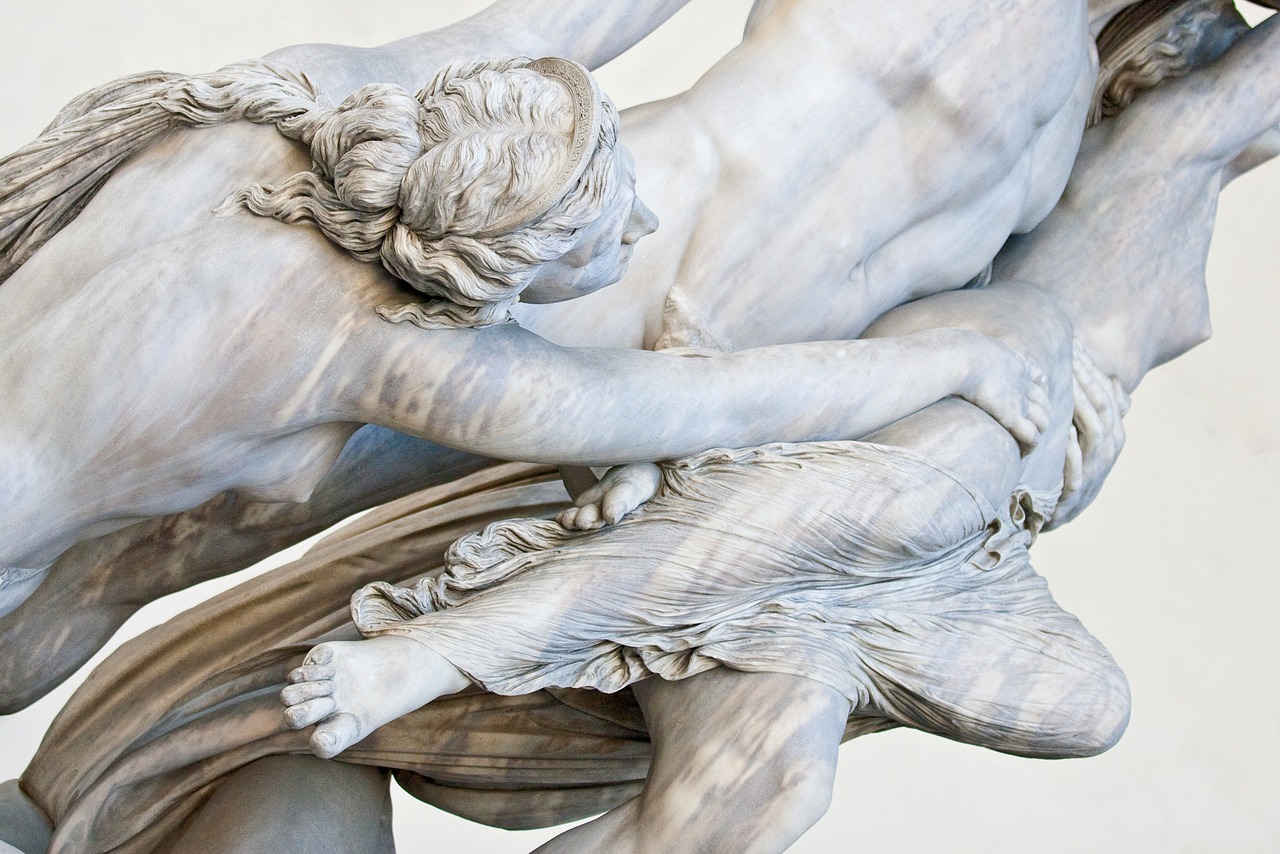
Innovations in Perspective
Exploring how the Renaissance period revolutionized artistic expression, influencing art movements for centuries. From the rebirth of classical motifs to the use of perspective, delve into the enduring impact of Renaissance art on the world.
Discover how Renaissance artists revived and reinterpreted classical themes from ancient Greece and Rome, bringing a new level of sophistication and humanism to their works.
The Renaissance era marked a significant shift in artistic techniques, particularly with the innovations in perspective. Artists of this period mastered the use of perspective to create depth and realism in their compositions, revolutionizing the way art was perceived. By employing techniques such as linear perspective and vanishing points, Renaissance artists were able to create lifelike representations that drew viewers into their works, creating a sense of immersion and dynamism.
Learn about the iconic artists of the Renaissance, including Leonardo da Vinci, Michelangelo, and Raphael, whose works continue to inspire and captivate audiences around the world.
Investigate how technological advancements, such as the invention of the printing press, facilitated the spread of Renaissance art and ideas, shaping the cultural landscape of Europe and beyond.
Examine how Renaissance principles of proportion, symmetry, and harmony influenced architectural design, leading to the creation of iconic structures like St. Peter's Basilica and the Palazzo Vecchio.
Trace the influence of Renaissance art on modern artists and movements, from the revival of classical motifs in the Neoclassical period to the reinterpretation of Renaissance themes in contemporary art.
Understand how the Renaissance emphasis on humanism and individualism transformed artistic expression, as artists explored the complexities of the human experience and celebrated the beauty of the individual.
Reflect on the global impact and enduring legacy of the Renaissance, as its artistic innovations continue to shape the way we perceive and create art in the modern world.
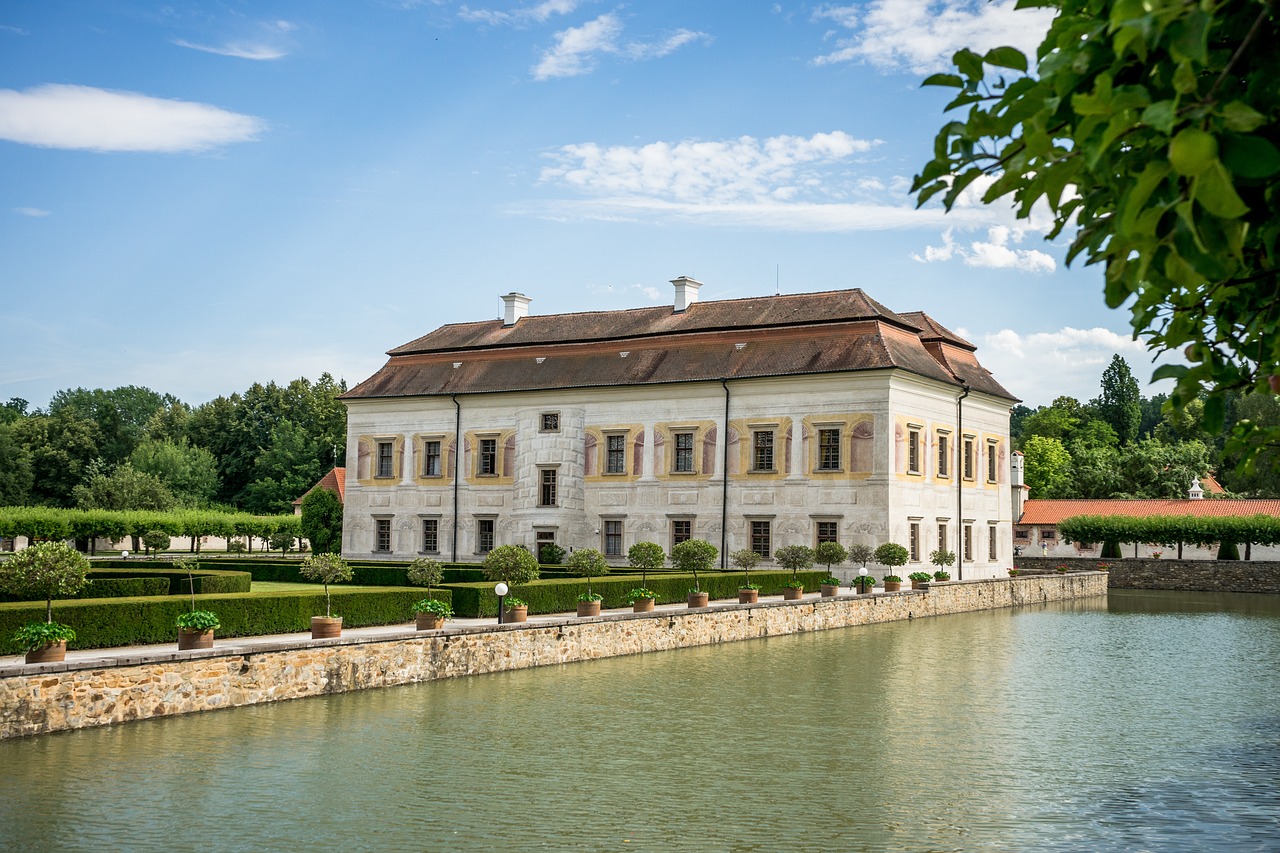
Masters of the Renaissance
Exploring how the Renaissance period revolutionized artistic expression, influencing art movements for centuries. From the rebirth of classical motifs to the use of perspective, delve into the enduring impact of Renaissance art on the world.
The Renaissance era produced a constellation of brilliant artists whose works have stood the test of time, shaping the course of art history. Among these luminaries, Leonardo da Vinci shines as a polymath whose genius transcended artistic boundaries. His iconic paintings like the Mona Lisa and The Last Supper are renowned for their meticulous detail and profound symbolism, captivating viewers with their enigmatic beauty.
Michelangelo, another titan of the Renaissance, is celebrated for his awe-inspiring sculptures such as the David and the Pietà, showcasing his mastery of form and emotion. His frescoes in the Sistine Chapel are a testament to his unparalleled skill in capturing the human form with unparalleled realism and expressiveness.
Raphael, known for his graceful compositions and harmonious colors, brought a sense of serenity and ideal beauty to his works. The School of Athens, a masterpiece of perspective and balance, exemplifies Raphael's ability to infuse intellectual depth into his art, creating a visual dialogue between the great thinkers of antiquity.
These masters of the Renaissance not only produced extraordinary works of art but also paved the way for future generations of artists, inspiring creativity and innovation across the centuries.
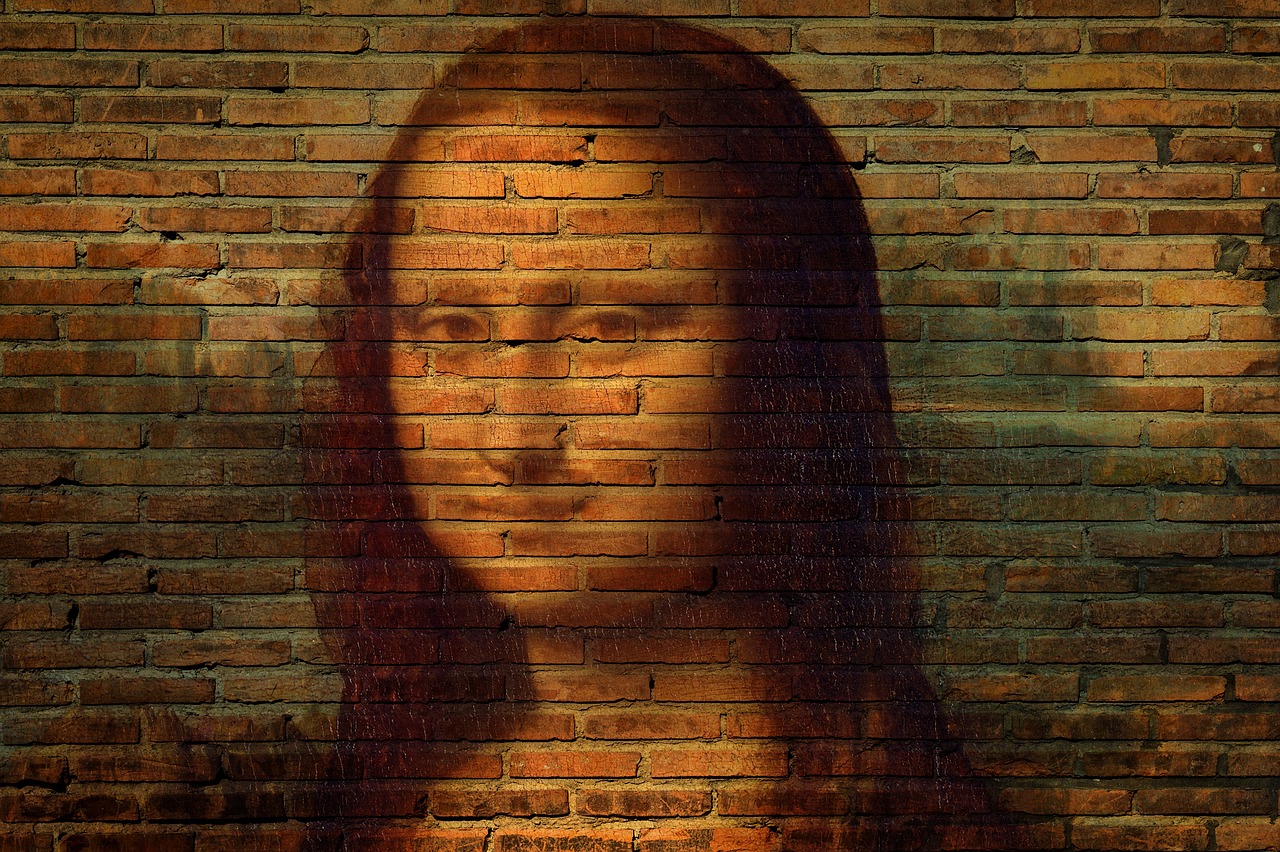
Technological Advancements
During the Renaissance period, technological advancements played a crucial role in the spread and development of art. One of the most significant inventions of the time was the printing press, attributed to Johannes Gutenberg. This revolutionary device enabled the mass production of books and artworks, making them more accessible to a wider audience than ever before. The dissemination of ideas and artistic techniques through printed materials contributed to the flourishing of artistic innovation across Europe.
Furthermore, the development of new pigments and painting techniques expanded the creative possibilities for artists. Innovations such as oil painting, which allowed for richer colors and finer details, transformed the way artists approached their craft. Artists like Leonardo da Vinci and Jan van Eyck were among the pioneers who explored these new techniques, pushing the boundaries of artistic expression and realism.
Additionally, advancements in engineering and architecture during the Renaissance era led to the construction of monumental structures that showcased the fusion of art and technology. Architects and builders utilized mathematical principles and innovative construction methods to create awe-inspiring edifices like the dome of Florence Cathedral, a masterpiece of engineering and design that still stands as a testament to the ingenuity of the time.
The synergy between art and technology during the Renaissance not only propelled artistic achievements to new heights but also laid the foundation for future innovations in the realm of creativity and craftsmanship. The integration of technological advancements into artistic practice marked a pivotal moment in the history of art, shaping the trajectory of artistic development for centuries to come.
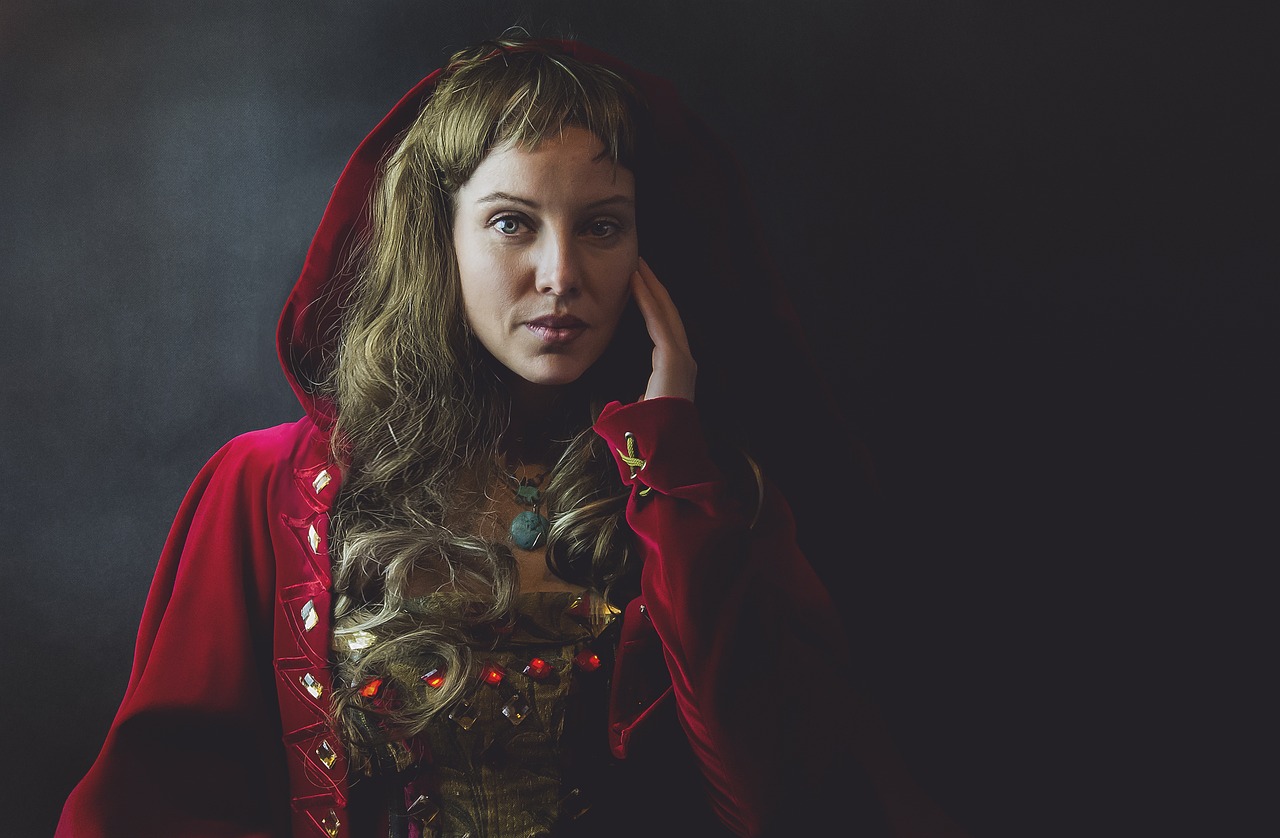
Impact on Architecture
During the Renaissance, the impact on architecture was profound and far-reaching, shaping the design principles of buildings for centuries to come. Architects of the Renaissance drew inspiration from the classical past, incorporating elements of Roman and Greek architecture into their designs. The emphasis on proportion, symmetry, and harmony became central to architectural aesthetics, leading to the creation of iconic structures that still stand as testaments to the era's influence.
One of the most notable examples of Renaissance architecture is St. Peter's Basilica in Vatican City, designed by renowned architect Donato Bramante. The basilica's grandeur and harmonious proportions reflect the Renaissance ideals of beauty and balance, showcasing the mastery of architectural techniques developed during the period.
Another architectural marvel influenced by the Renaissance is the Palazzo Vecchio in Florence, Italy. Designed by architect Arnolfo di Cambio, the Palazzo Vecchio embodies the principles of Renaissance architecture with its symmetrical facade, elegant proportions, and classical motifs, serving as a symbol of civic pride and artistic achievement.
The legacy of Renaissance architecture can also be seen in the development of urban planning and city design. Cities across Europe embraced Renaissance ideals in their layout and construction, creating harmonious urban environments that reflected the humanist values of the era. The integration of public squares, grand avenues, and monumental buildings became defining features of Renaissance cityscapes, influencing urban design for generations to come.
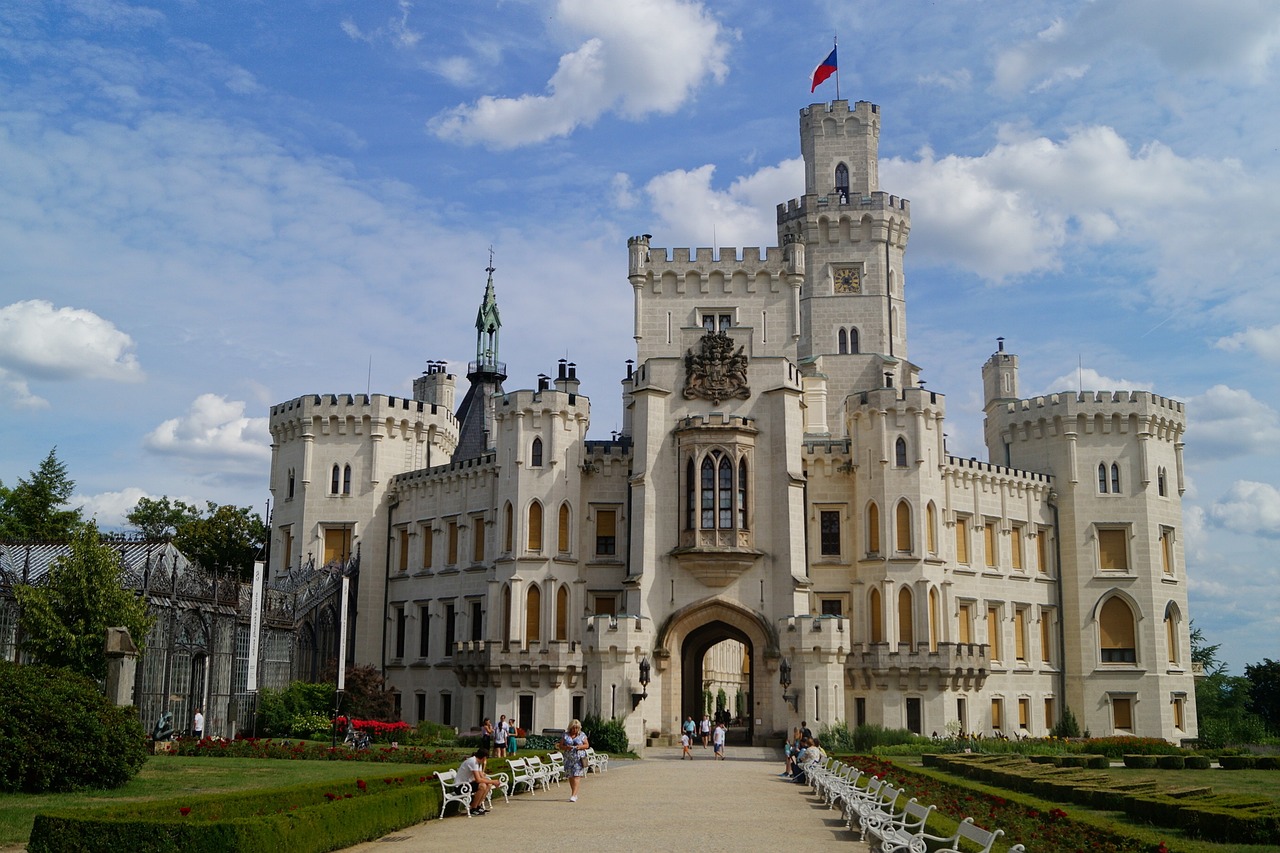
Legacy in Modern Art
When we talk about the legacy of the Renaissance in modern art, we cannot overlook the profound impact it has had on artistic movements and styles that followed. The Renaissance paved the way for a renewed interest in classical motifs and ideals, influencing artists across centuries to draw inspiration from the works of iconic Renaissance masters.
One of the key aspects of the Renaissance legacy in modern art is the revival of classical themes during the Neoclassical period. Artists like Jacques-Louis David embraced the classical aesthetic, infusing their works with a sense of grandeur and heroism reminiscent of ancient Greek and Roman art. This revival brought a sense of timelessness and elegance to modern artworks, echoing the artistic principles of the Renaissance.
Furthermore, the reinterpretation of Renaissance themes in contemporary art showcases the enduring relevance of concepts such as perspective, proportion, and humanism. Artists today continue to explore the complexities of the human experience, drawing on the legacy of the Renaissance to create works that resonate with audiences on a deep and emotional level.
It is fascinating to see how the legacy of the Renaissance continues to shape modern art, influencing artists to push boundaries, experiment with new techniques, and explore the depths of human creativity. The echoes of the Renaissance can be seen in the works of contemporary artists who pay homage to the past while forging new paths in artistic expression.
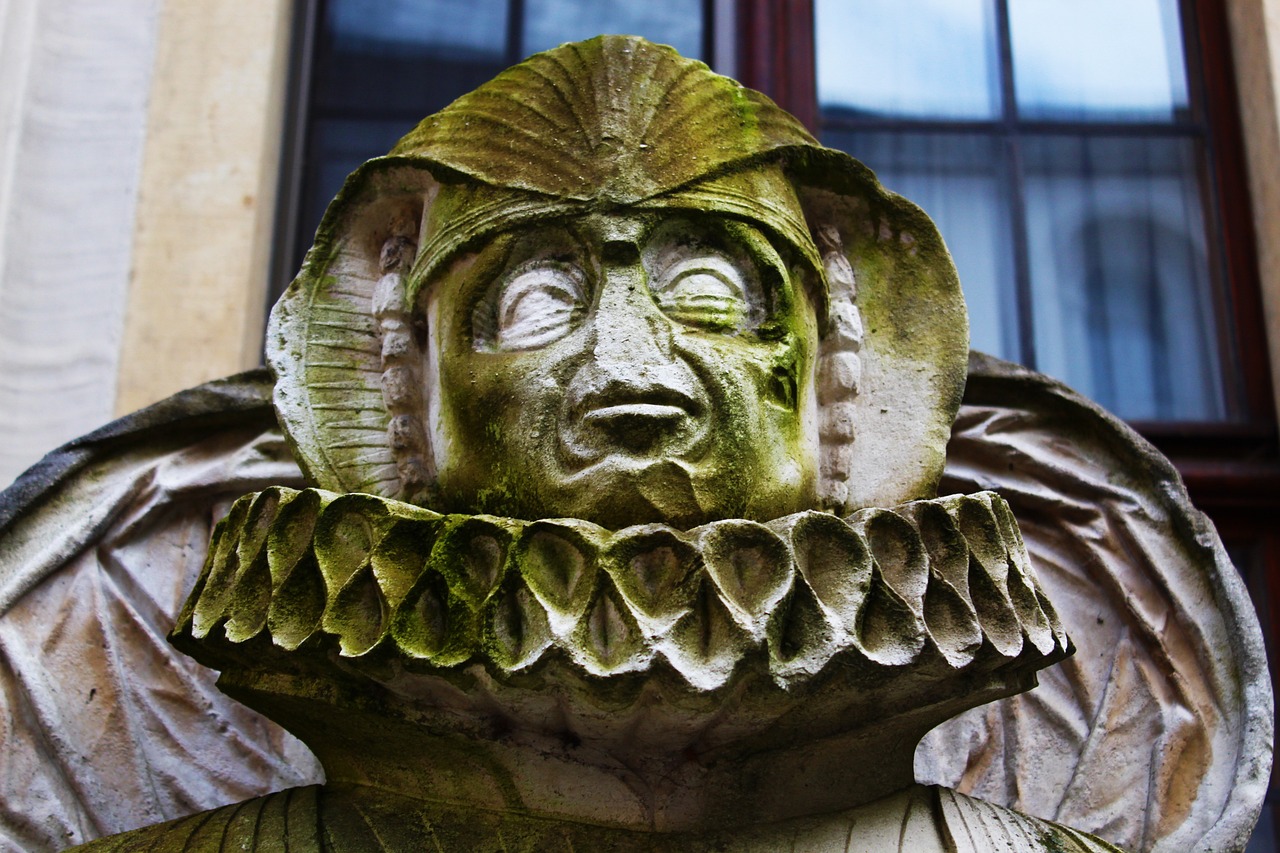
Humanism and Individualism
During the Renaissance, the concepts of humanism and individualism played a pivotal role in transforming artistic expression. Humanism, with its focus on the value of human beings and their potential for greatness, led artists to delve into the complexities of the human experience. Instead of solely depicting religious figures or mythological beings, artists began to portray everyday individuals, celebrating their beauty and uniqueness. This shift towards human-centered art marked a departure from the medieval emphasis on the divine, opening up new avenues for creative exploration.
Individualism also emerged as a prominent theme during the Renaissance, encouraging artists to express their unique perspectives and talents. Artists such as Leonardo da Vinci and Michelangelo infused their works with personal touches, showcasing their distinct styles and artistic visions. This emphasis on individual creativity and innovation paved the way for a diverse range of artistic expressions, challenging traditional norms and conventions.
Moreover, humanism and individualism in Renaissance art reflected a broader cultural shift towards valuing individual agency and intellectual pursuits. As artists explored the depths of human emotion and intellect, their works became windows into the complexities of the human psyche. Through intricate details, nuanced expressions, and lifelike representations, artists sought to capture the essence of individual identity and experience.
By embracing humanism and individualism, Renaissance artists not only revolutionized artistic techniques but also reshaped societal perceptions of art and creativity. Their emphasis on the beauty and significance of the individual continues to resonate in the art world today, inspiring contemporary artists to explore the richness of human experience and the power of individual expression.
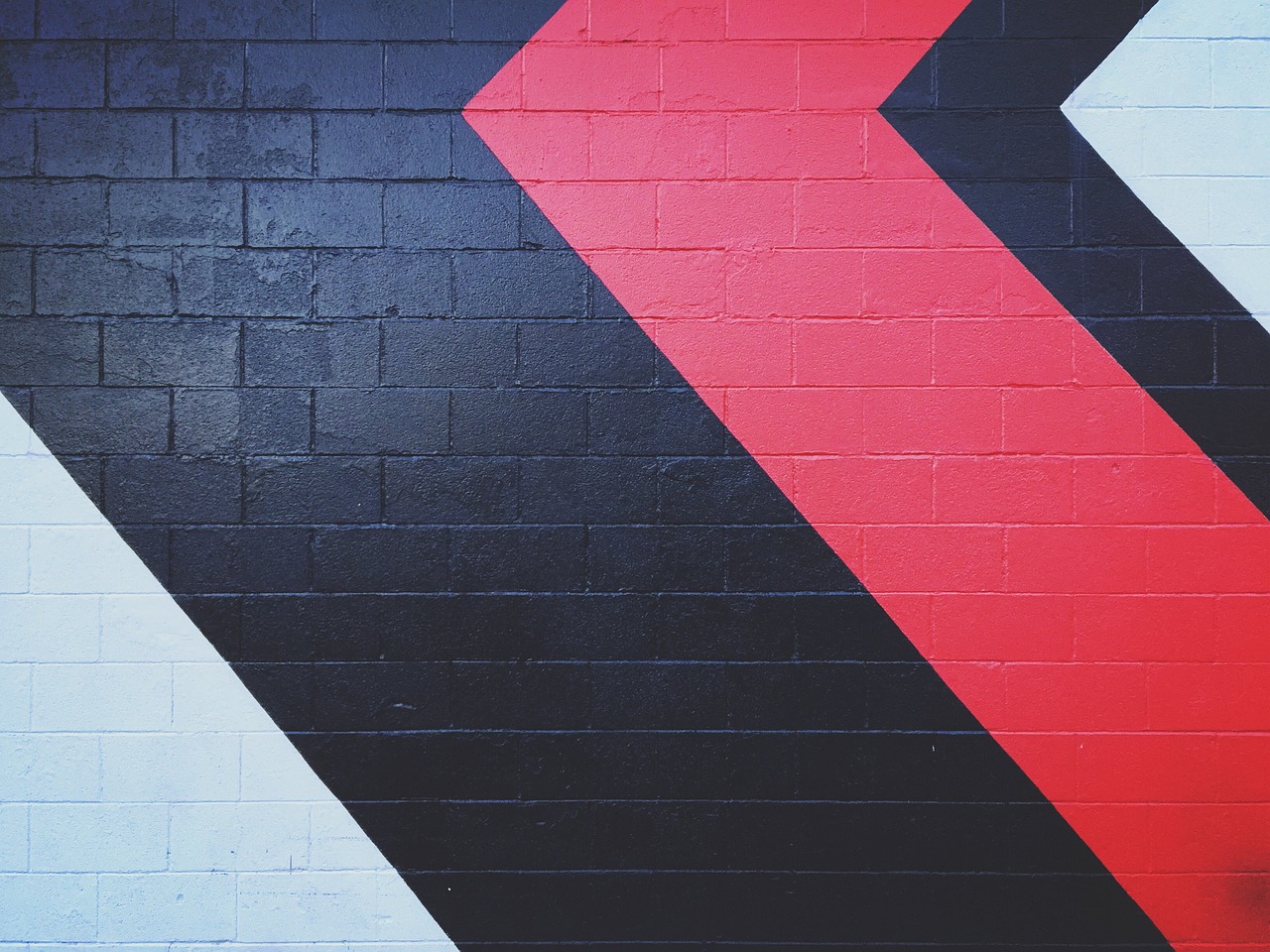
Global Impact and Legacy
The global impact and legacy of the Renaissance reverberate through the annals of art history, transcending time and borders to influence artistic creation worldwide. The artistic innovations born during this transformative period have left an indelible mark on the cultural landscape, shaping the way we perceive and engage with art in the contemporary world. From the revival of classical motifs to the exploration of humanism and individualism, the Renaissance continues to inspire and inform artistic expression on a global scale.
One of the most significant contributions of the Renaissance to the global art scene is the emphasis on realism and naturalism in artistic representation. Artists of this era, such as Leonardo da Vinci and Michelangelo, sought to capture the beauty and complexity of the human form with unprecedented precision and detail. This focus on realism laid the foundation for the development of artistic techniques that continue to be revered and emulated by artists around the world.
Furthermore, the Renaissance's celebration of individualism and human potential resonates across cultures, inspiring artists to explore the depths of human experience and emotion in their works. The legacy of the Renaissance can be seen in the diverse array of artistic styles and movements that have emerged in its wake, each drawing upon the themes of humanism and individuality to create unique and compelling works of art.
Moreover, the global impact of the Renaissance extends beyond the realm of art, influencing fields such as science, literature, and philosophy. The spirit of innovation and creativity that characterized the Renaissance era continues to drive progress and discovery in various disciplines, fostering a culture of intellectual curiosity and exploration that transcends geographical boundaries.
In essence, the legacy of the Renaissance serves as a testament to the enduring power of art to transcend time and space, uniting humanity in a shared appreciation for beauty, creativity, and the boundless potential of the human spirit.
Frequently Asked Questions
- What is the significance of the Renaissance period in art history?
The Renaissance period was a time of great cultural and artistic transformation in Europe, marking a shift from the medieval to the modern world. It brought about a renewed interest in classical learning, leading to the revival of ancient Greek and Roman artistic traditions. This period also saw the emergence of groundbreaking techniques in art, such as perspective and naturalism, that revolutionized artistic expression for centuries to come.
- Who were some of the most famous artists of the Renaissance?
The Renaissance era produced some of the most renowned artists in history, including Leonardo da Vinci, Michelangelo, and Raphael. These masters created iconic works of art that continue to be celebrated for their technical skill, creativity, and profound impact on the art world. Their contributions helped shape the artistic landscape of their time and laid the foundation for future generations of artists to build upon.
- How did the Renaissance impact modern art?
The influence of the Renaissance on modern art can be seen in various ways, from the continued use of classical motifs and themes to the exploration of humanism and individualism in artistic expression. Modern artists have drawn inspiration from the innovations of Renaissance masters, adapting and reinterpreting their techniques to create new forms of artistic expression that reflect the complexities of the contemporary world.
















